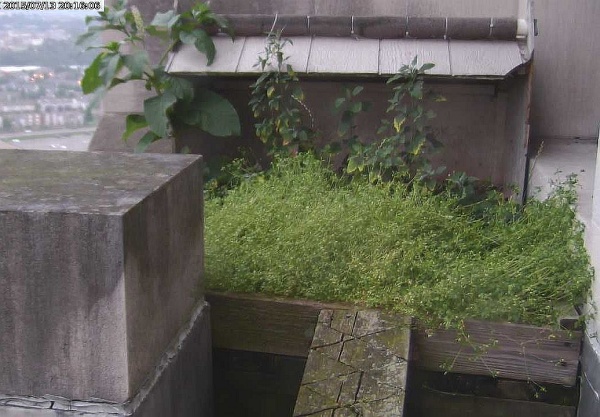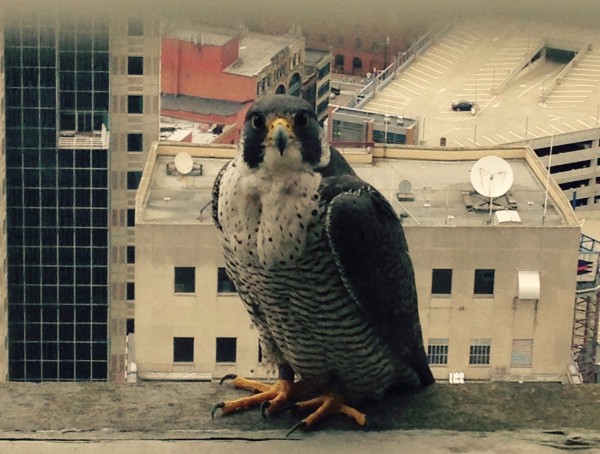
Throw Back Thursday (TBT):
If you’ve seen me outdoors when a thunderstorm’s approaching you know that I take lightning safety so seriously that I go inside before everyone else. I like to think it’s because I know too much.
Some of that knowledge was collected in 2011 when I researched the facts for this article on Lightning. Once you start looking there are plenty of harrowing stories.
U.S. lightning safety has changed since 2011. Back then I wrote about the Lightning Crouch but it’s been discredited unless you’re stuck outdoors very far from shelter. The new motto says run for shelter: When Thunder Roars, Go Indoors.
Yet I wonder … is my level of concern about lightning borne out by statistics? It depends on what’s about to hit you. Here are some death/injury facts from 2012 when the U.S. population was 314,100,000 (314.1 million puts the numbers in perspective).
| Cause, 2012 in U.S. |
Dead |
Injured |
| Lightning |
28 |
212 |
| Pedestrians hit by trains |
442 |
405 |
| Pedestrians hit by motor vehicles |
4,743 |
76,000 |
| Motor vehicle deaths/injuries |
33,561 |
2,360,000 |
Clearly lightning is much less likely to kill you than a motor vehicle. On the other hand, there are far more vehicles than there are lightning bolts and far more hours spent in vehicles than outdoors during storms.
So drive safely, don’t drink and drive (alcohol accounts for 1/3 of the deaths), look both ways when you cross the street, and … when thunder roars I’m still going indoors.
(Thunderhead with lightning, photo by jcpjr from Shutterstock)
p.s. I’ve included trains in the list because Westinghouse Bridge peregrine fans are no longer allowed near the railroad tracks. Trains are the most deadly of all the dangers.
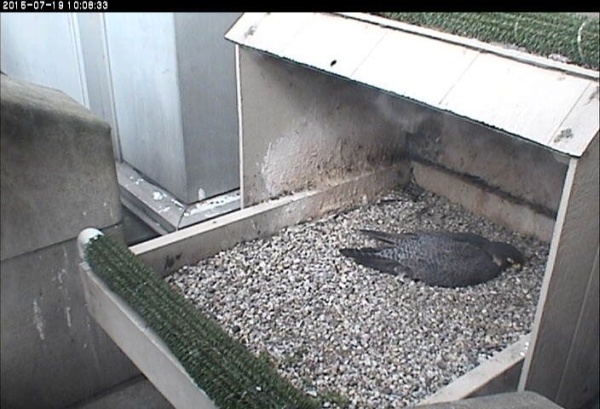
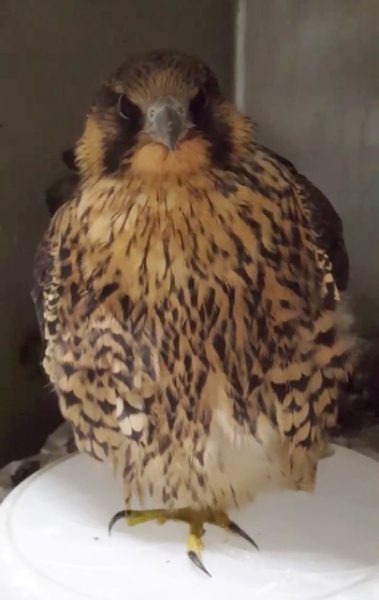
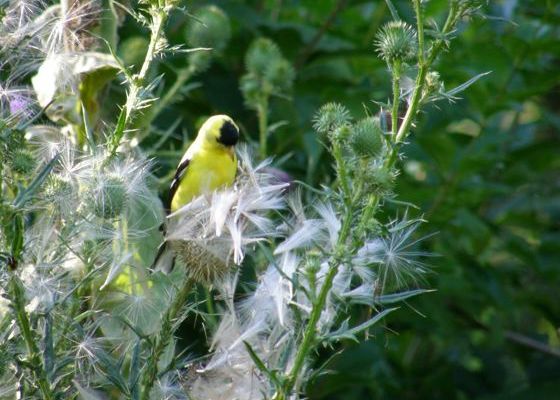 Just a reminder that I’m leading a bird and nature walk on Sunday July 26, 8:30am in
Just a reminder that I’m leading a bird and nature walk on Sunday July 26, 8:30am in 


